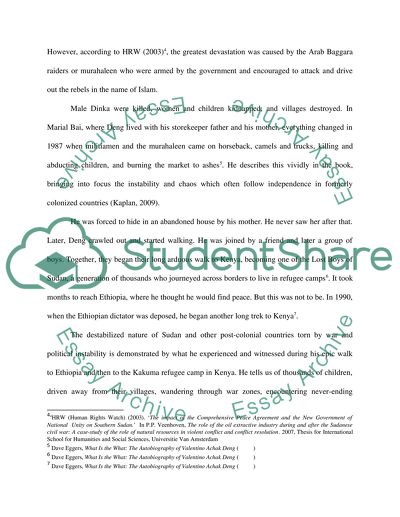Cite this document
(“Dave eggers, what is the what: the autobiography of Valentino. Achak Essay”, n.d.)
Retrieved from https://studentshare.org/literature/1414301-dave-eggers-what-is-the-what-the-autobiography-of-valentino-achak-deng
Retrieved from https://studentshare.org/literature/1414301-dave-eggers-what-is-the-what-the-autobiography-of-valentino-achak-deng
(Dave Eggers, What Is the What: The Autobiography of Valentino. Achak Essay)
https://studentshare.org/literature/1414301-dave-eggers-what-is-the-what-the-autobiography-of-valentino-achak-deng.
https://studentshare.org/literature/1414301-dave-eggers-what-is-the-what-the-autobiography-of-valentino-achak-deng.
“Dave Eggers, What Is the What: The Autobiography of Valentino. Achak Essay”, n.d. https://studentshare.org/literature/1414301-dave-eggers-what-is-the-what-the-autobiography-of-valentino-achak-deng.


